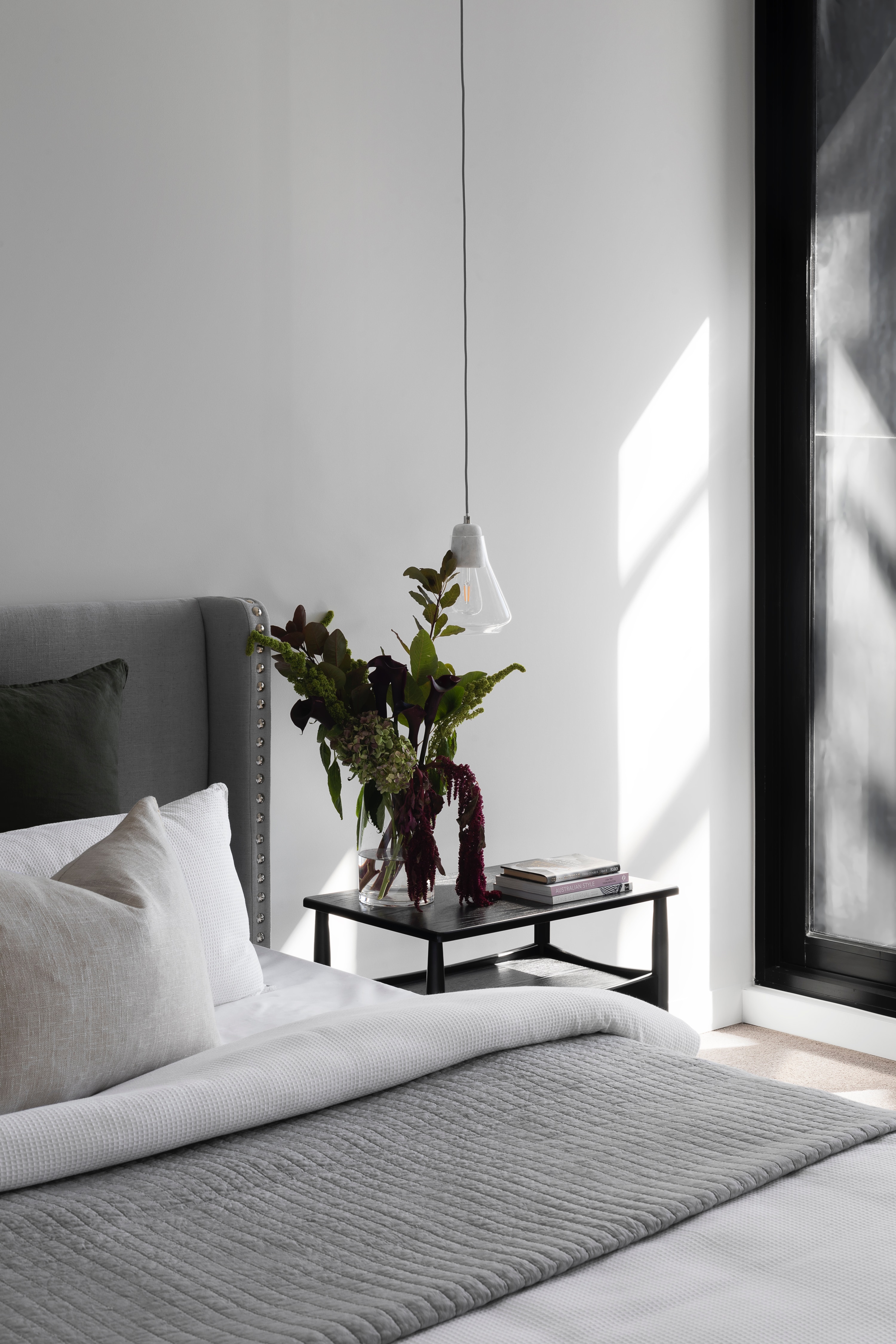The Art of Interior Design: Creating Spaces That Inspire
Interior design is both an art and a science that transforms interior spaces into functional, aesthetically pleasing environments that enhance the quality of life and inspire occupants. Beyond mere decoration, interior designers meticulously plan and orchestrate every element within a space—from furniture and color schemes to lighting and textures—to create harmonious, inviting, and memorable settings. This article explores the principles, processes, and impact of interior design in crafting spaces that evoke emotion, foster well-being, and reflect individual and collective identities.
Principles of Interior Design
Functionality: The primary goal of interior design is to optimize the functionality and usability of a space to meet the needs and lifestyles of its occupants. Designers consider spatial planning, traffic flow, and ergonomic principles to ensure spaces are efficient and comfortable.
Aesthetics: Aesthetic appeal is fundamental in interior design, encompassing principles of balance, proportion, harmony, and rhythm. Designers select colors, materials, and furnishings that complement architectural features and create visually pleasing compositions.
Unity and Cohesion: Creating unity and cohesion involves maintaining a consistent design language throughout a space. Designers achieve this through coordinating colors, textures, and styles to establish a cohesive visual identity that ties different elements together.
Balance: Balance refers to the distribution of visual weight in a room. It can be achieved through symmetrical or asymmetrical arrangements of furniture and decor to create a sense of equilibrium and visual interest.
Emphasis: Emphasis highlights focal points within a space, drawing attention to key architectural features, artworks, or furniture pieces. Designers use lighting, color contrasts, and placement to establish hierarchy and guide the eye.
Process of Interior Design
Programming: Understanding the client's requirements, preferences, and budget constraints through interviews and assessments.
Concept Development: Generating design concepts and mood boards that articulate the aesthetic direction and theme of the project.
Space Planning: Developing floor plans and layouts that optimize spatial efficiency and functionality while considering circulation patterns and zoning.
Material and Finish Selection: Choosing appropriate materials, finishes, and furnishings that align with the design concept, performance requirements, and sustainability goals.
Lighting Design: Designing lighting schemes that enhance ambiance, highlight architectural features, and support tasks and activities within the space.
Furniture and Fixture Specification: Selecting furniture, fixtures, and accessories that complement the design theme, ensuring comfort, durability, and aesthetic coherence.
Visualization: Presenting design concepts to clients through renderings, 3D models, and virtual reality simulations to facilitate decision-making and visualization of the final space.
Impact of Interior Design
Enhanced Well-Being: Thoughtfully designed interiors can improve occupants' quality of life by promoting comfort, reducing stress, and supporting daily activities and interactions.
Cultural Expression: Interior design reflects cultural values, traditions, and histories through materials, colors, patterns, and motifs that resonate with occupants' cultural identities.
Sustainability: Incorporating sustainable practices such as energy-efficient lighting, recycled materials, and indoor air quality measures contributes to environmental stewardship and occupant health.
Brand Identity: Commercial spaces use interior design to reinforce brand identity, values, and customer experience, influencing brand perception and loyalty.
Examples of Inspiring Interior Design
The Louvre Abu Dhabi: Designed by Jean Nouvel, the museum's interior spaces feature a juxtaposition of light and shadow, water elements, and intricate geometric patterns that create a contemplative and awe-inspiring atmosphere.
Google Offices: Google's workplace interiors prioritize employee well-being and creativity with open, flexible layouts, vibrant colors, and innovative recreational spaces that foster collaboration and innovation.
Taj Mahal Palace Hotel, Mumbai: The interiors of this iconic hotel blend traditional Indian motifs with luxurious materials and modern amenities, creating a timeless and opulent ambiance that reflects the country's rich cultural heritage.
Conclusion
In conclusion, interior design is a multifaceted discipline that merges artistic creativity with technical expertise to shape environments that are functional, aesthetically pleasing, and emotionally resonant. By understanding the principles, processes, and impact of interior design, designers can craft spaces that not only meet practical needs but also inspire, uplift, and enrich the lives of those who inhabit them. Whether in residential, commercial, or cultural settings, the art of interior design continues to evolve, setting trends, pushing boundaries, and setting the stage for memorable human experiences within the built environment.


